Dive into the fascinating world of the Cori Cycle, also known as the lactic acid cycle! 🏋️♂️💡 In this video, we’ll explore how your body manages energy during intense exercise by recycling lactate from muscles back into glucose in the liver.
Thank You For Watching.
Please Like And Subscribe to Our Channel: / easypeasylearning.
Join this channel to get access to perks:
/ @easypeasylearning.
Like Our Facebook Page: / learningeasypeasy.
Join Our Facebook Group: / 460057834950033
Support Our Channel: / supereasypeasy.
Category: energy – Page 45
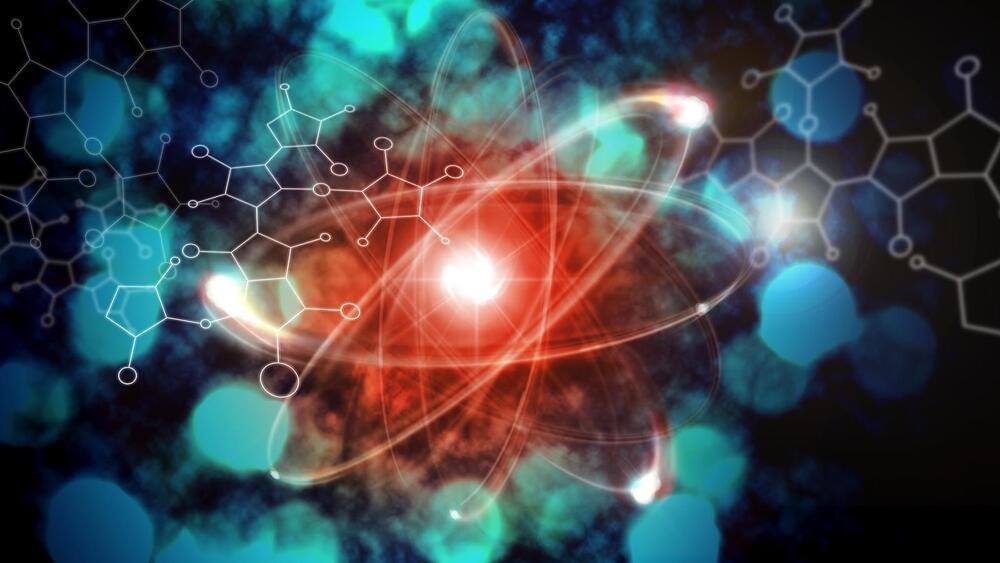
New reactor can make hydrogen fuel from water using sunlight
When burned or used in fuel cells, hydrogen produces nothing but water, making it an ideal candidate for reducing global carbon emissions. Yet, most of the hydrogen produced today comes from fossil fuels, releasing significant amounts of carbon dioxide into the atmosphere. But now, researchers may have found a way to create carbon-free hydrogen.
A group of researchers, led by Professors Takashi Hisatomi and Kazunari Domen, built a 100-square-meter reactor that uses sunlight and photocatalysts to split water into hydrogen and oxygen. This process bypasses traditional photovoltaic-based methods, which convert sunlight into electricity before splitting water.
The new process relies on sheets of a photocatalyst called SrTiO3:Al, which are submerged in water. Sunlight activates the photocatalyst, splitting water into its molecular components. The gases can then be collected for storage and use. Because it utilizes sunlight for power, this method creates clean, carbon-free hydrogen.
Desalination Breakthrough: Engineers Solve “Dead Zone” Problem
A new tapered flow channel design for electrodes improves the efficiency of battery-based seawater desalination, potentially reducing energy use compared to reverse osmosis. This breakthrough may benefit other electrochemical devices, but manufacturing challenges need to be addressed.
Engineers have developed a solution to eliminate fluid flow “dead zones” in electrodes used for battery-based seawater desalination. This breakthrough involves a physics-driven tapered flow channel design within the electrodes, enabling faster and more efficient fluid movement. This design has the potential to consume less energy compared to conventional reverse osmosis techniques.
Desalination technology has faced significant challenges preventing widespread adoption. The most common method, reverse osmosis, filters salt from water by forcing it through a membrane, which is both energy-intensive and expensive. In contrast, the battery desalination method uses electricity to remove charged salt ions from the water. However, this approach also requires energy to push water through electrodes with tiny, irregular pore spaces, which has been a limiting factor—until now.
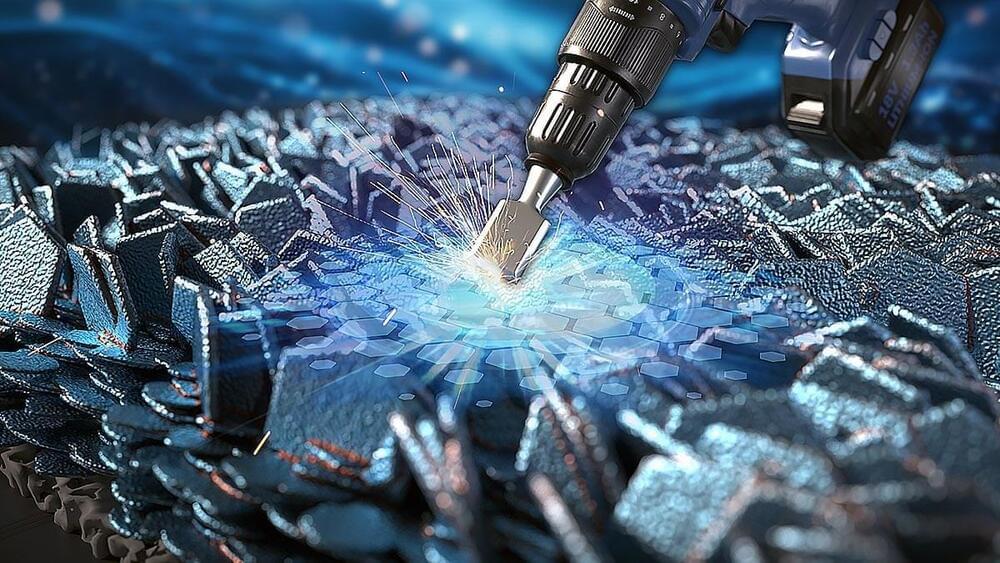
Stronger, Smarter, and More Selective: Armor-Like MOF Membrane Sets New Standard for Chemical Separations
Researchers developed a durable, bioinspired ZIF-67 MOF membrane that efficiently separates propylene from propane, offering high performance, long-term stability, and industrial scalability.
Polymer-grade propylene (99.5%) is a vital raw material in the chemical industry. Its production inevitably generates propane as a byproduct in the product stream. A critical step in producing polymer-grade propylene is the separation of propylene from propane—a challenging and energy-intensive process due to the molecules’ nearly identical physical and chemical properties.
Molecular sieve membranes offer an energy-efficient and effective solution for this separation. Metal-organic frameworks (MOFs.
Relativistic spin-orbit coupling may lead to unconventional superconductivity type
Observing the effects of special relativity doesn’t necessarily require objects moving at a significant fraction of the speed of light. In fact, length contraction in special relativity explains how electromagnets work. A magnetic field is just an electric field seen from a different frame of reference.
So, when an electron moves in the electric field of another electron, this special relativistic effect results in the moving electron interacting with a magnetic field, and hence with the electron’s spin angular momentum.
The interaction of spin in a magnet field was, after all, how spin was discovered in the 1920 Stern Gerlach experiment. Eight years later, the pair spin-orbit interaction (or spin-orbit coupling) was made explicit by Gregory Breit in 1928 and then found in Dirac’s special relativistic quantum mechanics. This confirmed an equation for energy splitting of atomic energy levels developed by Llewellyn Thomas in 1926, due to 1) the special relativistic magnetic field seen by the electron due to its movement (“orbit”) around the positively charged nucleus, and 2) the electron’s spin magnetic moment interacting with this magnetic field.
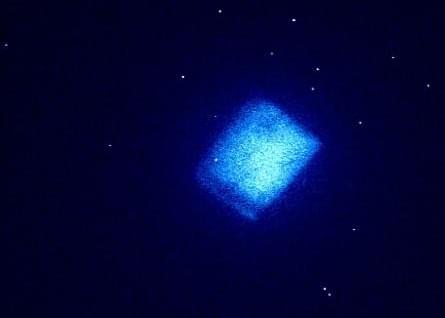
Scientists and engineers produce world’s first carbon-14 diamond battery with potential lifespan of thousands of years
Scientists and engineers from the University of Bristol and the UK Atomic Energy Authority (UKAEA) and have successfully created the world’s first carbon-14 diamond battery.
This new type of battery has the potential to power devices for thousands of years, making it an incredibly long-lasting energy source.
The battery leverages the radioactive isotope, carbon-14, known for its use in radiocarbon dating, to produce a diamond battery.
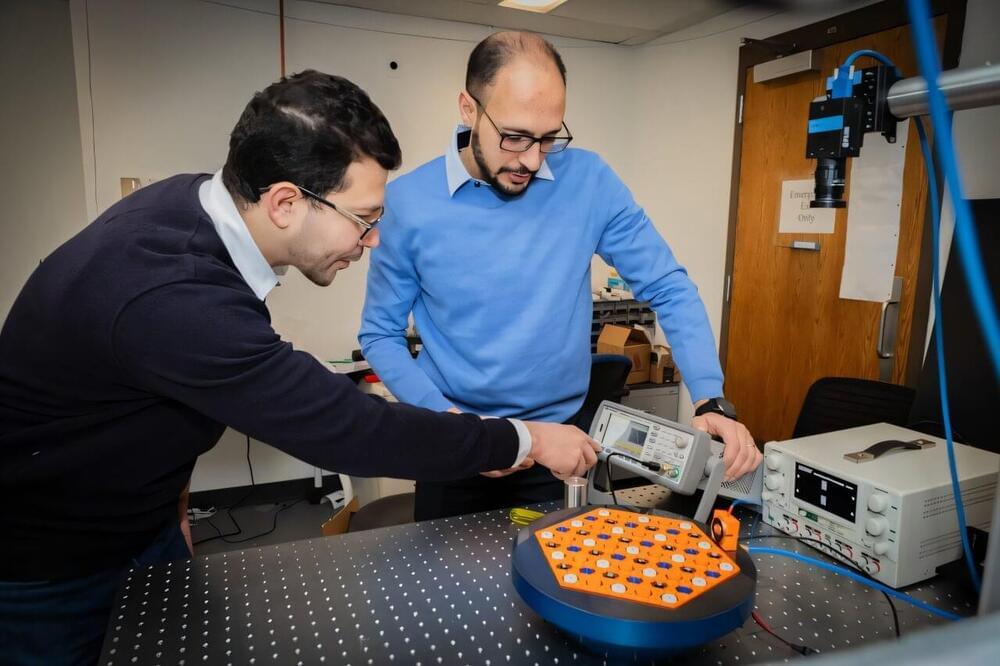
All-flat phononic band structure controls sound and vibrations by trapping energy
Enhanced Sensitivity and Wave-Structure Interaction in Nonsingular Flat-Band Lattices with Compact Localized States https://arxiv.org/html/2412.05610v1
A team of UConn College of Engineering (CoE) researchers have achieved a major milestone in the field of phononics with the first experimental demonstration of an all-flat phononic band structure (AFB). Phononics concerns the study of sound and heat control.
The breakthrough, detailed in an article just published in Physical Review Letters, introduces a new class of materials capable of uniquely controlling sound and vibrations by trapping energy with unprecedented intensity, offering exciting possibilities for potential applications in acoustics, vibration insulation, energy harvesting, and beyond.
The work, led by Professor Osama Bilal, director of the Wave Engineering Laboratory for Extreme and Intelligent Matter (We-Xite), along with doctoral student Mahmoud Samak, unlocks a new recipe for engineering materials with exotic behavior. In the experiments, the material serves a double function, Bilal explains, by being a perfect sound vacuum and wave amplifier at the same time.
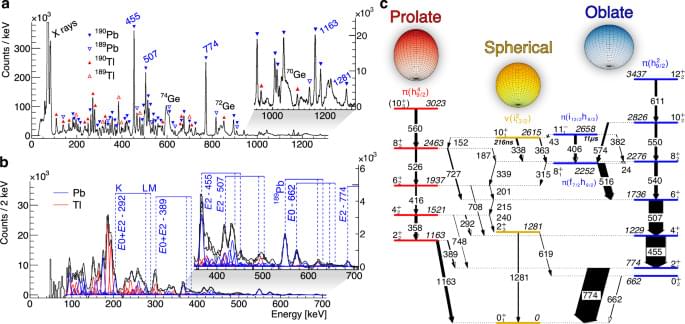
Direct measurement of three different deformations near the ground state in an atomic nucleus
Since Morinaga proposed more than six decades ago that the excited \(0_2^+\) state in the 16 O nucleus was deformed1, a large body of experimental evidence has been collected to demonstrate that atomic nuclei can possess different shapes2. Apart from the lightest elements, shape coexistence has been suggested to be present in all nuclei3 and the competition of different configurations can result in several different shapes within the same nucleus4. Nevertheless, coexistence of three or more total energy minima near the ground state have been predicted to occur in only few regions in the chart of nuclei5, but direct experimental proof remained to be obtained. A notable example to date is the 186 Pb104 nucleus, where the three lowest-energy states are 0+ states, each assigned with a different shape – namely spherical, prolate and oblate6,7. The 186 Pb nucleus lies at the heart of the neutron-deficient Pb region, which has been a subject for numerous theoretical and experimental investigations3,8,9,10,11. Within the mean-field picture, the total energy curve along the quadrupole deformation shows spherical, prolate and oblate minima close in energy. These minima are related to the spherical Z = 82 shell gap, and prolate and oblate deformed gaps in the proton and neutron Nilsson orbitals, respectively. From a shell model perspective, the deformed minima (noted as \(\pi (h_9/24)\) for prolate and \(\pi (h_9/22)\) for oblate in the present work) are expected to have a complex spherical multiparticle-multihole configuration both for protons and neutrons10,11,12. Similar competition of different configurations is present in neighbouring isotopes around the N = 104 midshell13. In 188 Pb, in addition to low-lying deformed bands associated with predominantly prolate and oblate shapes14,15,16, three isomeric states assigned with different shapes17,18 have been proposed.
Intruding structures built on different configurations have also been observed in nuclei in the region around 186 Pb. In fact, the shape staggering of Hg isotopes observed in an isotopic shift experiment was a groundbreaking discovery in the 1970’s19 that triggered multiple investigations into shape coexistence. Laser spectroscopic measurements have examined the onset of ground-state deformation also in the even-mass Po and Pt isotopes20,21. Since the neutron-deficient Pb isotopes are spherical in their ground states22,23,24, the onset of deformation in the Pb isotopes can be assessed by investigating the \(2_1^+\) states. It is proposed that the heaviest Pb nucleus exhibiting collectivity associated with deformation is 194 Pb25, whereas in heavier Pb isotopes the underlying configurations of the lowest excited states arise from single-nucleon excitations in the seniority scheme leading to a spherical interpretation26.
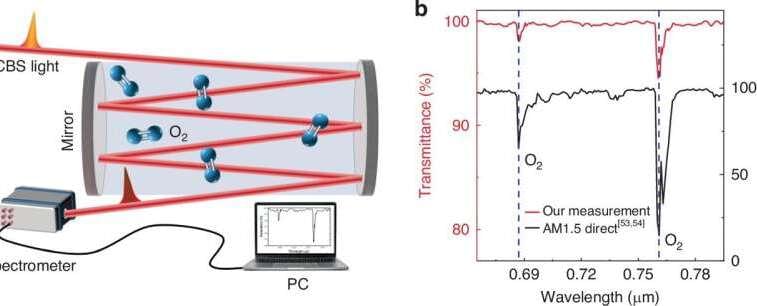
Nano rainbows: Expanding the light spectrum at the smallest scale
Since the invention of the laser in 1960, nonlinear optics has aimed to broaden light’s spectral range and create new frequency components. Among the various techniques, supercontinuum (SC) generation stands out for its ability to produce light across a wide portion of the visible and infrared spectrum.
However, traditional SC sources rely on weak third-order optical nonlinearity, requiring long interaction lengths for broad spectral output. In contrast, second-order optical nonlinearity offers far greater efficiency and lower power requirements, though phase mismatching in bulk crystals has historically limited its spectral coverage and overall efficiency.
In a study published in Light: Science & Applications, a collaborative research team from Aalto University, Tampere University, and Peking University, led by Professor Zhipei Sun, has demonstrated a revolutionary method for generating octave-spanning coherent light at the deep-subwavelength scale (100 nm). Their innovative approach employs phase-matching-free second-order nonlinear optical frequency down-conversion in ultrathin gallium selenide (GaSe) and niobium oxide diiodide (NbOI2) crystals.
Fully recyclable carbon nanotube fibers have far-reaching implications for manufacturing across sectors
In a significant step toward creating a sustainable and circular economy, Rice University researchers have published a study in the journal Carbon demonstrating that carbon nanotube (CNT) fibers can be fully recycled without any loss in their structure or properties. This discovery positions CNT fibers as a sustainable alternative to traditional materials like metals, polymers and the much larger carbon fibers, which are notoriously difficult to recycle.
“Recycling has long been a challenge in the materials industry—metals recycling is often inefficient and energy-intensive, polymers tend to lose their properties after reprocessing and carbon fibers cannot be recycled at all, only downcycled by chopping them up into short pieces,” said corresponding author Matteo Pasquali, director of Rice’s Carbon Hub and the A.J. Hartsook Professor of Chemical and Biomolecular Engineering, Materials Science and NanoEngineering and Chemistry.
“As CNT fibers are being scaled up, we asked whether and how these new materials could be recycled in the future so as to proactively avoid waste management problems that emerged as other engineered materials reached large-scale use. We expected that recycling would be difficult and would lead to significant loss of properties. Surprisingly, we found that carbon nanotube fibers far exceed the recyclability potential of existing engineered materials, offering a solution to a major environmental issue.”